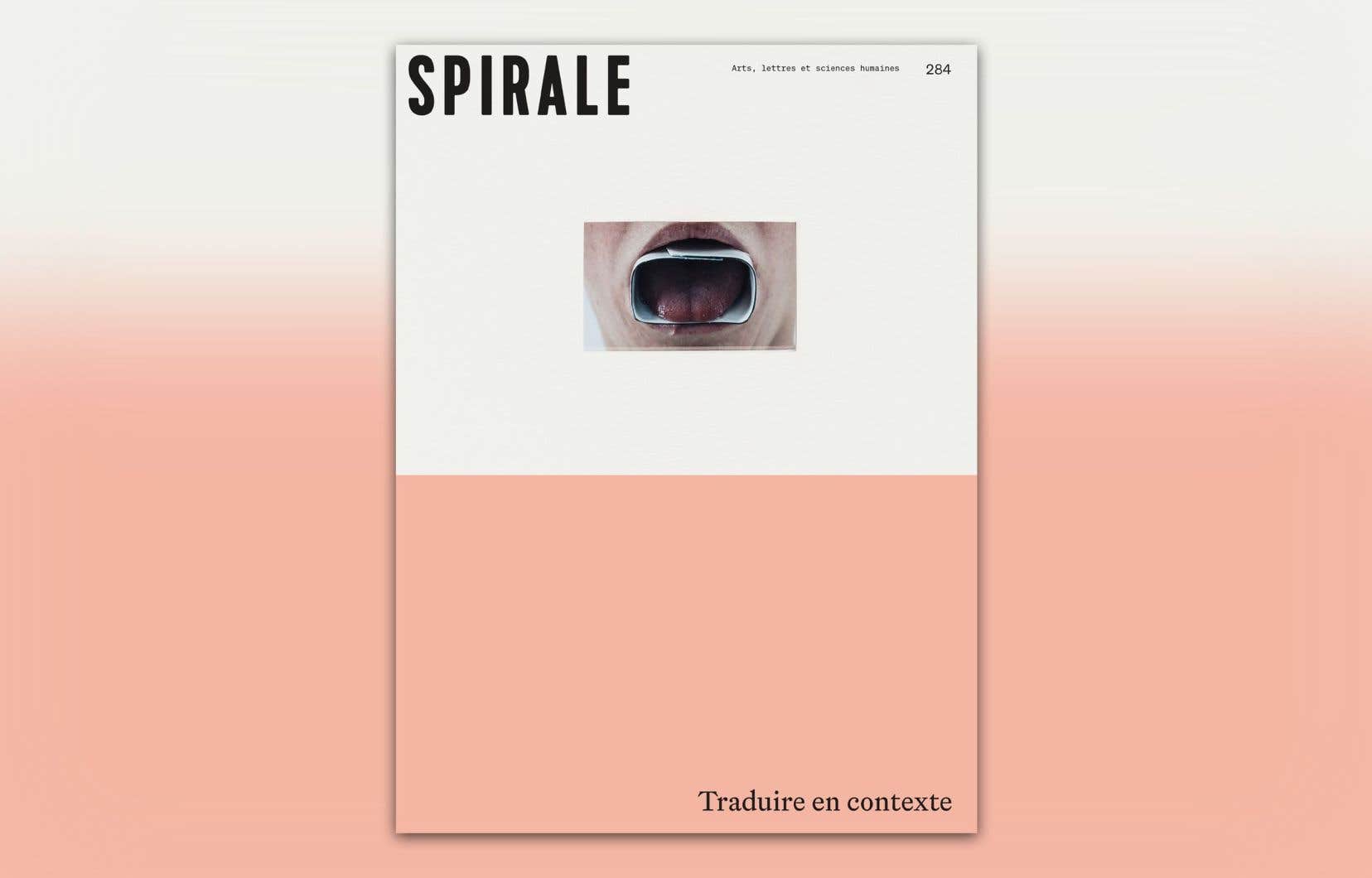Every Tuesday, The duty offers a space to the creators of a periodical. This week, we offer you a text published in Spiralissue 284, fall 2023.
Often described as an art of erasure and neutrality, literary translation is increasingly claimed as an artistic and creative process in its own right, which has the effect of bringing to the fore, in various ways , those who practice the profession. In media discourse, this takes the form of debates and controversies around representation and visibility.
Thus, the “Amanda Gorman affair”, the controversy surrounding the translation of the poem The Hill We Climb (2021), which the African-American poet recited at Joe Biden’s inauguration ceremony, resoundingly raised the question of the identity of translators and exposed the lack of diversity within the occupation. In England, the open letter “Translators on the Cover” by Jennifer Croft and Mark Haddon, distributed by the Society of Authors in September 2021, denounced the invisibility of the profession in editorial practices.
On the sidelines of these debates which hit the headlines, the last decade has seen the rise, more discreetly, of the voices of translators (mostly women) who express themselves on the particularities of their profession. This is evidenced by the recent publication of a number of works where they speak to the “I”, often in a free and confessional tone, marking the rise of a literary genre that the researcher, author and translator Jen Calleja has called “ literary translator memoir “.
Among these recent publications, we find in particular Translate as transhume, by Mireille Gansel (2012); This Little Art, by Kate Briggs (2017); Translate or lose your footing, by Corinna Gepner (2019) and Leaving home by Luba Jurgenson (2023). By signing these autobiographical and reflexive stories focused on their practice, these translators openly claim the status of authors.
In return, several writers and poets have recently published literary or essayistic texts examining the place that translation occupies in their creative work. I am thinking in particular of Doireann Ní Ghríofa (A Ghost in the Throat2020), to Jhumpa Lahiri, Ttranslating Myself and Others2022) and the most recent collection of essays by Lydia Davis, Essays Two: On Proust, Translation, Foreign Languages, and the City of Arles2021. […]
In This Little Art, Kate Briggs points out that it is almost impossible for translators to express themselves about their work without resorting to metaphors. To illustrate this phenomenon, she says that the translator Anthea Bell, in an interview, had tried to talk about her profession concretely, without using images, but that she had not been able to escape that of space, by evoking “a place where language does not exist”. In my opinion, this inability to escape from metaphorical discourse can be explained by the fact that the very idea of translation contains the germ of a metaphor, that of a movement, of a transport (translator means “to transport”, in Latin).
It is also the image which is at the very heart of the concept of metaphor, because metapherô, in Greek, means “to transport”. And this movement which would be inherent to translation also takes place, in the language specific to the profession, from one metaphorical image to another: from a “source” to a “target” — from the river metaphor to the war metaphor. . […]
This file is an attempt to enter this space where translators get to work by inviting them to express themselves on it. This space, the one where we translate – just like the one from which we write about translation – is far from being neutral. It is always part of a given context, and it is crossed by debates and contemporary issues. But here we are already back in space, this metaphor from which we never completely escape. And it is undoubtedly no coincidence that the texts in this dossier are all preoccupied with spatiality, with movement and with (in)hospitality: the geographical space is transmuted into a linguistic space, and the notion of welcoming languages and stories – on a territory, in a house, in a body – proves central.
In dialogue with Simon Brown, Erín Moure says that the old houses of Galicia bear the name not of their inhabitants, but of the people who built them. This image, which she uses to reflect on the way of inhabiting the space of a text as a translator, points towards a thread which runs through all the contributions making up this file, and which we could summarize as the following question, always unresolved and constantly asked: “Who do we translate for?” »
Ofs comments or suggestions for Ideas in Review? Write to [email protected].
